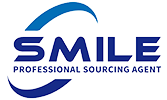China, the birthplace of tea, boasts a rich history spanning thousands of years. From Dragon Well (Longjing) to Iron Goddess (Tieguanyin), from Pu-erh to Huangshan Maofeng, Chinese teas are renowned worldwide for their diversity and unique flavors. For tea import agents, understanding the various types and qualities of Chinese tea is fundamental to successful importing. This comprehensive guide will delve into the major types and characteristics of Chinese tea, and provide practical advice on importing tea from China, helping you achieve success in the global market.
I. Major Types of Chinese Tea
1. Green Tea
Green tea is unfermented, retaining the natural green color of the tea leaves and rich in polyphenols and vitamins. It offers a fresh and brisk flavor. Here are some of the most famous Chinese green teas:
Longjing (Dragon Well): Originating from the West Lake area of Hangzhou, Zhejiang, Longjing is known for its jade-green color, intense fragrance, and fresh taste. It is often hailed as the best among China’s top ten famous teas.
Biluochun: Produced in the Dongting Lake region of Suzhou, Jiangsu, Biluochun is noted for its spiral shape, delightful aroma, and brisk, sweet flavor.
Huangshan Maofeng: From the Yellow Mountain area in Anhui, this tea is characterized by its tender green leaves, high fragrance, and mellow taste.

2. Black Tea
Black tea is fully fermented, resulting in a bright red tea liquor with a rich, sweet flavor. Key varieties include:
Keemun Black Tea (Qimen Hongcha): Originating from Qimen, Anhui, Keemun black tea is renowned for its unique aroma, often described as floral and fruity. Its liquor is bright red, with a mellow, sweet flavor.
Yunnan Black Tea (Dianhong): Produced in Yunnan, Dianhong tea is made from large-leaf tea trees, boasting a strong aroma, rich flavor, and distinctive “Dianhong fragrance.”
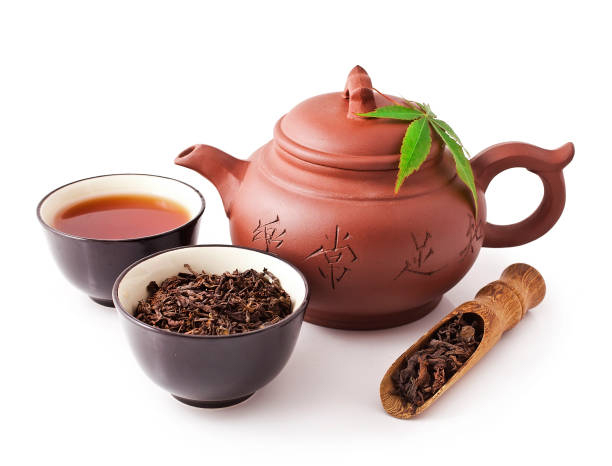
3. Oolong Tea
Oolong tea is semi-fermented, offering the best of both green and black teas with a fresh aroma and rich, sweet flavor. Major varieties include:
Tieguanyin (Iron Goddess): Hailing from Anxi, Fujian, Tieguanyin is famous for its unique orchid-like aroma, golden liquor, and sweet, refreshing taste.
Da Hong Pao (Big Red Robe): As the finest of Wuyi rock teas, Da Hong Pao is celebrated for its intense fragrance, rich flavor, and long-lasting aftertaste.
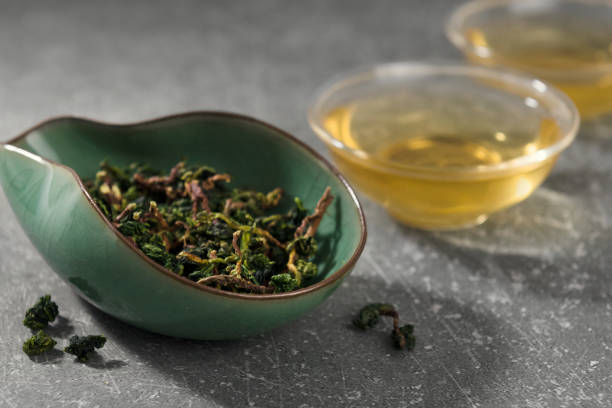
4. Pu-erh Tea
Pu-erh tea is post-fermented, meaning its leaves undergo microbial fermentation and oxidation over time, which enhances the tea’s flavor and value as it ages. Mainly produced in Yunnan, Pu-erh tea comes in two varieties: raw (sheng) and ripe (shou). Raw Pu-erh has a fresh aroma and light yellow liquor, while ripe Pu-erh boasts a thick, dark red liquor and rich, earthy flavor.
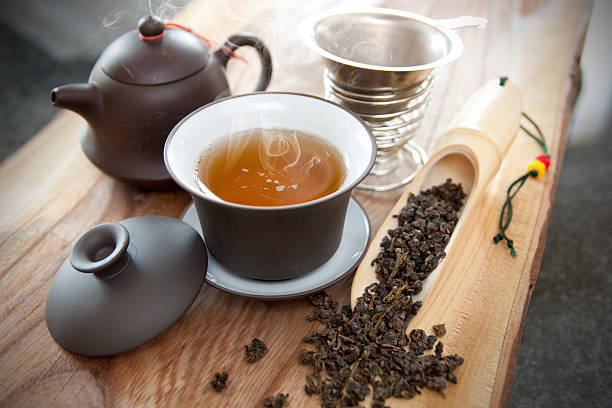
5. White Tea
White tea is lightly fermented, preserving the natural state of the tea leaves. Major varieties include:
- Baihao Yinzhen (Silver Needle): Made from the tender buds of Fuding Dabaicha in Fujian, this tea resembles silver needles covered with fine white hairs. It has a light yellow liquor, delicate aroma, and fresh, mellow taste.
- Bai Mudan (White Peony): Produced from buds and leaves, this tea has a green and white appearance, pure fragrance, and sweet, mild flavor.

6. Yellow Tea
Yellow tea undergoes a unique “sealing yellow” process during its production, resulting in a yellowish tea liquor and mellow flavor. Notable varieties include:
Junshan Yinzhen: From Junshan Island in Dongting Lake, Hunan, this needle-shaped tea is yellow in color, with an apricot-yellow liquor and delicate aroma.
Huoshan Huangya: From Huoshan, Anhui, this tea has tight, greenish-yellow leaves, pure fragrance, and a sweet, refreshing taste.
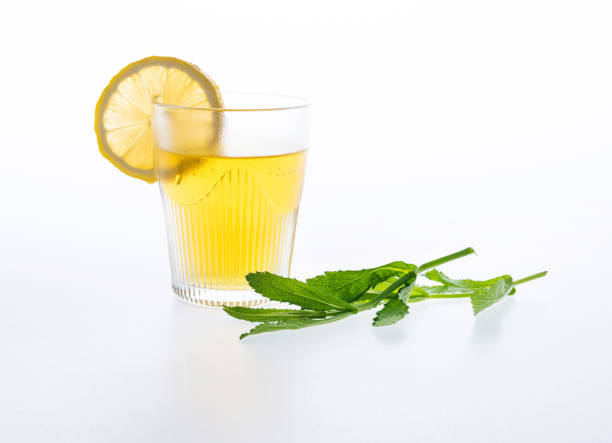
II.Standards and Procedures for Evaluating Chinese Tea Quality
Evaluating the quality of Chinese tea involves several key standards and a systematic approach. The primary criteria include appearance, color, aroma, taste, and brewed leaf residue (leaf bottom). These factors are carefully assessed to determine the overall quality and grade of the tea.
1. Appearance (Shape)
Standard:
The appearance of tea leaves is a crucial quality indicator. Evaluators look at the uniformity, neatness, and shape of the tea leaves.
High-grade teas often have tightly rolled, beautiful shapes. For instance, Longjing tea (Dragon Well) has a flat, smooth shape, while Biluochun tea (Green Snail Spring) is curly like a snail.
Evaluation Procedure:
Observation: Place a sample of dry tea leaves on a white paper or dish. Observe the shape, size, and consistency.
Criteria: Look for well-formed leaves, consistent shape, and absence of broken leaves or foreign matter.
2. Color (Color)
Standard:
The color of dry tea leaves should be fresh, pure, and glossy. Different types of tea have specific color requirements. For example, green tea should be a bright, vibrant green, while oolong tea should be dark and glossy.
Evaluation Procedure:
Dry Leaf Color: Assess the color of the dry leaves. High-quality tea should have a vibrant, consistent color without any dullness or uneven tones.
Brewed Tea Color: The color of the brewed tea (liquor) should also be evaluated. Green tea should produce a clear, bright green or yellowish-green liquor, while black tea should produce a bright, reddish-brown liquor.
3. Aroma (Aroma)
Standard:
Aroma is a significant factor in tea quality. A good tea should have a pleasant, distinct, and lasting fragrance. The aroma can vary from floral, fruity, and sweet to toasty or roasted, depending on the type of tea.
Evaluation Procedure:
Dry Leaf Aroma: Smell the dry leaves to get an initial sense of the aroma. This can be done by placing a small amount of dry leaves in a warm hand or using a warmed container.
Wet Leaf Aroma: Smell the leaves immediately after the first infusion. The wet leaves should release a strong and distinct aroma.
Brewed Tea Aroma: Smell the brewed tea liquor. High-quality tea will have a clear, lingering fragrance.
4. Taste (Taste)
Standard:
Taste is perhaps the most critical factor in tea quality. It should be evaluated for its richness, sweetness, bitterness, astringency, and aftertaste. Good quality tea should have a balanced, smooth, and pleasant taste without any off-flavors.
Evaluation Procedure:
First Infusion: Brew the tea according to specific guidelines (temperature, time, and quantity). Taste the first infusion, noting the immediate taste and texture.
Subsequent Infusions: Evaluate the taste over multiple infusions to assess the tea’s consistency and ability to retain its flavor.
Aftertaste: Pay attention to the lingering taste after swallowing. High-quality tea often leaves a pleasant, lasting aftertaste.
5. Leaf Bottom (Brewed Leaf Residue)
Standard:
The appearance of the brewed leaves, also known as the leaf bottom or residue, is an indicator of the tea’s quality and processing. The leaves should appear vibrant, complete, and consistent with minimal broken pieces.
Evaluation Procedure:
Inspection: After brewing, spread the wet leaves on a white surface. Examine the leaves for uniformity, color consistency, and integrity.
Criteria: Look for bright, lively leaves without excessive stems, dust, or broken parts. The leaves should reflect the quality of the tea and the care taken during processing.
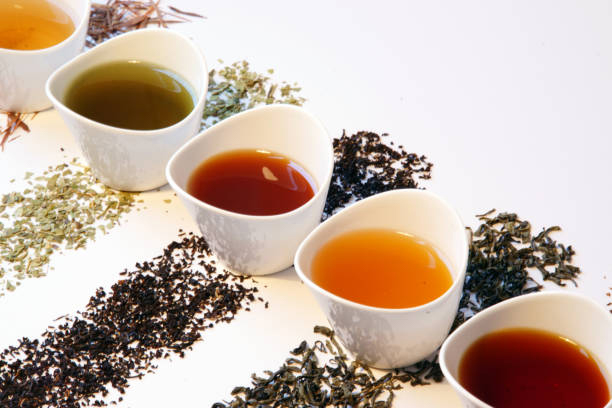
III.The Importance of Chinese Tea Agents in the Entire Sourcing Process
In the global tea market, Chinese tea is renowned worldwide for its rich variety and high quality. As a China tea sourcing agent, we play a vital role in this international trading system. The following points explain why China tea sourcing agents are so important:
1. Expertise and market insight
There are many types of tea in China, including green tea, black tea, oolong tea, white tea, yellow tea and black tea, etc. Each type of tea has its own unique production process and quality characteristics. Agents need to have in-depth knowledge of tea, understanding the characteristics, origins and production processes of different teas. This expertise enables the agent to provide customers with the best choice of products to meet the needs of different markets. In addition, agents possess international market insights that enable them to accurately grasp market trends and consumer preferences, and help clients develop effective sourcing strategies.
2. Rigorous quality control
Quality is the core issue in tea trading. As an agent, we ensure that every batch of tea meets international standards through multi-level quality control measures.
3. Logistics management and supply chain optimisation
International tea trade involves complex logistics and supply chain management. Agents play a key role in this process, including:
Transport arrangements: choosing the right mode of transport (sea, air or road) to ensure that the tea stays fresh and intact during transport.
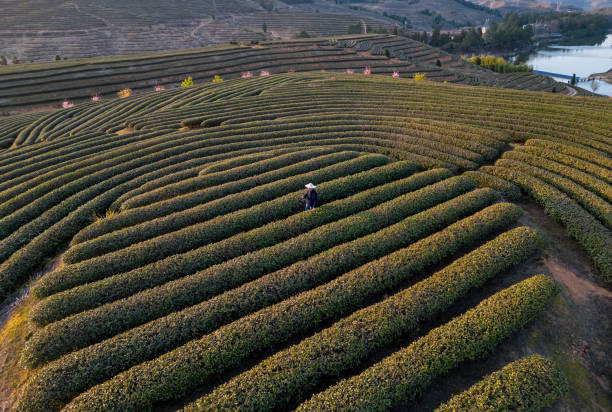
IV.How Smilepurching as a Tea Agent Sources Tea from China?
As a professional procurement agent, we are committed to providing you with the highest quality tea importing services. Whether you are a first-time importer or seeking long-term cooperation, we are here to offer you professional service and support. With our extensive industry experience and a broad network of suppliers, we can help you find the highest quality tea that meets your needs and ensure a smooth importing process.
1. Specialised product selection
There are many varieties of tea, each with its own unique flavour and characteristics. As an agent, we need to choose the right type of tea and brand according to market demand and consumer preference. This requires an in-depth understanding of the origin, production process and quality standards of each type of tea to ensure that the selected tea can meet market demand.
2. Strict Quality Control
The quality of tea leaves has a direct impact on consumer experience and market reputation. We conduct stringent quality checks during the sourcing process, including tests on appearance, aroma, flavour and safety indicators. We may also engage third-party testing organisations to conduct tests to ensure that the tea complies with the quality and safety standards of the importing country. Here are some quality standards and certifications to consider:
- Organic Certification: If your target market demands organic products, ensure your suppliers provide organically certified tea.
- Food Safety Certifications: Certifications like ISO and HACCP ensure the tea production process complies with international food safety standards.
- Third-party Testing Reports: Request third-party testing reports from your suppliers to verify the quality and safety of the tea.
3. Legal Compliance and Documentation
International trade involves complex laws and regulations. We need to understand and comply with the laws and regulations of the importing country, including tariffs, import and export restrictions and food safety standards. Agents are responsible for processing all necessary import and export licences and other legal documents to ensure that the tea import process is legally compliant. It is also part of our responsibility to process paperwork such as commercial invoices, packing lists, certificates of origin and health certificates accurately and correctly.
4. Efficient Logistics Management
Logistics management from the Chinese tea production area to the global market is of paramount importance. We are responsible for arranging the mode of transport for the tea, choosing reliable logistics companies and ensuring that the tea stays fresh and intact during transport. At the same time, we have to manage warehousing and last-mile distribution to ensure that the tea reaches customers in a timely and safe manner.
Chinese tea sourcing agents play an integral role in the international tea trade. From expertise and quality control, to logistics management and legal compliance, to marketing and brand building, every aspect of an agent’s role is crucial. Through our professional services and comprehensive support, we not only help our customers obtain quality Chinese tea, but also promote the spread and development of Chinese tea culture around the world. This is exactly where the importance of Chinese tea sourcing agents lies.
Contact Us
For more information about our services or if you have any tea importing needs, please feel free to contact us:
- Phone: +86-15807201913(WhatsApp/WeChat)
- Email: [email protected]
We look forward to collaborating with you and exploring the limitless charm of Chinese tea together!
